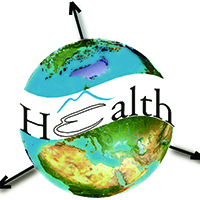Impacts of Physical Environment Perception on the Frailty Condition in Older People

All claims expressed in this article are solely those of the authors and do not necessarily represent those of their affiliated organizations, or those of the publisher, the editors and the reviewers. Any product that may be evaluated in this article or claim that may be made by its manufacturer is not guaranteed or endorsed by the publisher.
Authors
Frailty increases the vulnerability of older people who commonly develop a syndrome leading to growing dependence and finally often death. Physical environment conditions may affect the severity of the syndrome positive or negatively. The main objective of this study was to analyse the conditions of different urban physical environments and their relationship with the frailty syndrome in older people. Geographic Information Systems (GIS) analyses were performed to detect global and local geographic clustering. Investigating 284 adults with ages from 60 to 74 years old from Talca City, Chile, we found spatial clustering of frailty conditions registered for older people, with hotspots of high and low values associated with areas of different urban infrastructures and socioeconomic levels into the city. The spatial identifications found should facilitate exploring the impact of mental health programmes in communities exposed to disasters like earthquakes, thereby improving their quality of life as well as reducing overall costs. Spatial correlation has a great potential for studying frailty conditions in older people with regard to better understanding the impact of environmental conditions on health.
How to Cite
PAGEPress has chosen to apply the Creative Commons Attribution NonCommercial 4.0 International License (CC BY-NC 4.0) to all manuscripts to be published.













